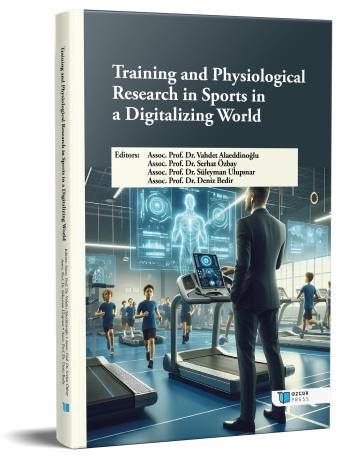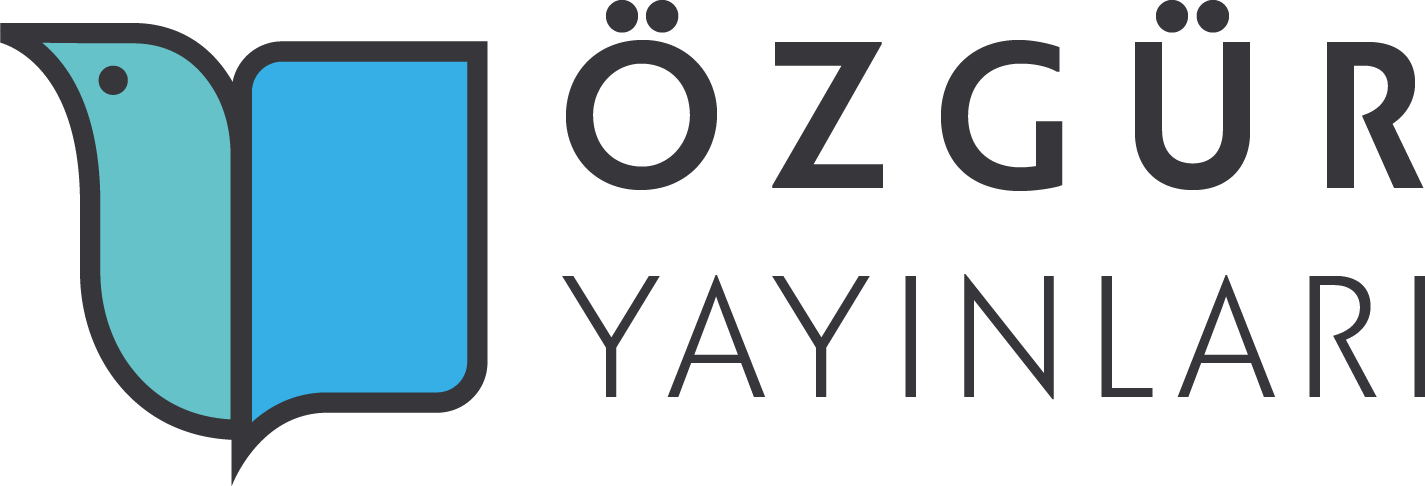
Kinanthropometry: Structure, Composition, and Function of The Human Body in Sport
Şu kitabın bölümü:
Alaeddinoğlu,
V.
&
Özbay,
S.
&
Ulupınar,
S.
&
Bedir,
D.
(eds.)
2025.
Training and Physiological Research in Sports in a Digitalizing World.
Özet
Kinanthropometry is a multidisciplinary field that examines the structural and functional aspects of the human body, particularly in the context of sports performance. This scientific approach integrates anthropometric measurements, body composition analysis, and biomechanical assessments to evaluate physical attributes that influence athletic success. By quantifying key physiological parameters, kinanthropometry plays a pivotal role in optimizing performance and designing personalized training interventions. Research highlights the critical role of kinanthropometric indicators—such as stature, body mass distribution, muscle composition, and joint mobility—in determining an athlete's suitability for specific sports. These variables significantly impact factors like endurance, strength, agility, and recovery, shaping both an individual’s competitive advantage and training methodologies. Moreover, kinanthropometry facilitates the assessment of body symmetry, motor efficiency, and growth trajectories, ensuring that athletes maintain peak functional capacity throughout their careers. In practical applications, sports scientists and coaches employ kinanthropometric evaluations to refine talent identification processes, establish normative performance benchmarks, and tailor conditioning programs to an athlete’s physiological profile. Findings indicate that optimal body morphology and proportionality contribute to sport-specific excellence, reinforcing the necessity of integrating kinanthropometric principles into professional training regimens.
Ultimately, kinanthropometry serves as a foundational tool in sports science, bridging physiology and biomechanics to enhance athletic performance. Its systematic application not only improves individualized training outcomes but also fosters advancements in sports medicine, rehabilitation strategies, and long-term athlete development models.

